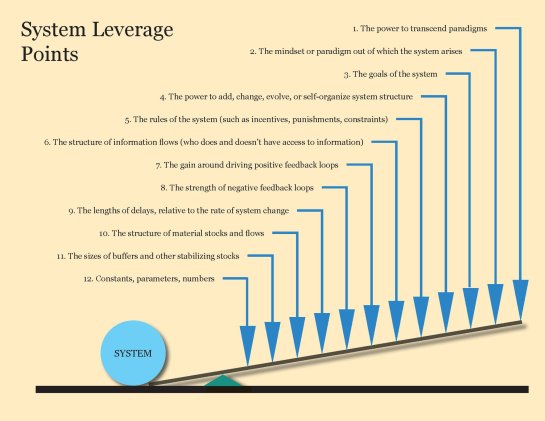The Paradoxes of Life and Business
Life and business are full of interesting paradoxes if you stop to think about them. Here are a few that I’ve noticed:
Everyone wants certifications, no one wants to learn.
It’s interesting how many people want to collect professional certifications and add letters after their names, but don’t actually want to put in the work to learn the material. They’re looking for the easy way to career advancement without realizing that real learning matters more than pieces of paper. Knowledge and skills are what make you stand out, not abbreviations.
Everybody talks about using AI to enhance their jobs, no one talks about actually doing the job.
There is so much buzz about how artificial intelligence and automation will change the future of work. Experts talk about how AI will make jobs easier and workers more efficient. But there’s little discussion of actually buckling down, being responsible, and working hard right now even without these futuristic tools. Good old-fashioned work ethic seems to be going out of style while we await an AI-powered workplace utopia.
We glorify entrepreneurship but look down on risk.
Popular culture praises entrepreneurship as the epitome of career success. But at the same time, we discourage risk-taking and making mistakes at all costs. Society gives mixed messages by idealizing startup founders who take bold risks while also shaming failure and instability in your work life. But the truth is every entrepreneur has failed at some point and taken major risks that could have doomed their business. Risk is inherent and mistakes are unavoidable when trying something new.
Everyone complains about being busy but no one prioritizes effectively.
Ask anyone how they’re doing these days and you’ll likely hear “busy!”. Everybody is so busy and overworked all the time. Or so we like to believe. But being constantly busy nowadays seems more like a badge of honor and less a reality of modern work. If everyone examined their workflows honestly, they’d admit much of each day is spent on less efficient habits. Just because your calendar looks packed doesn’t mean you’re spending time on the right priorities that move the needle. Being truly productive means saying no to busyness and tackling your most important projects first. Stop complaining about a crowded schedule and take control of it instead.
What other paradoxes of work and life have you noticed? Share in the comments if you have examples to add!

